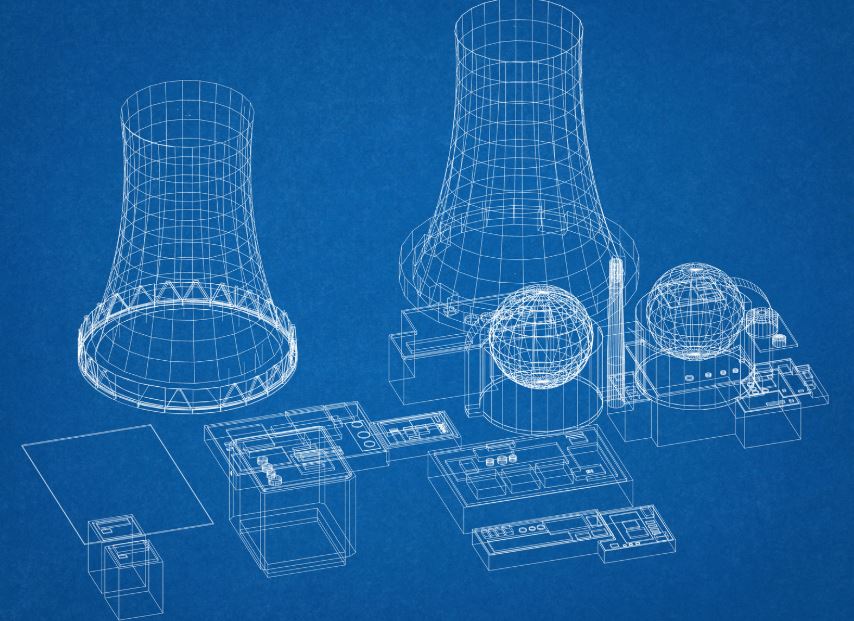A new generation of batteries fueled by atomic waste promises decades of continuous power, potentially creating seismic shifts in energy paradigms. These batteries leverage radioactive isotopes, such as nickel-63 and carbon-14, to convert radioactive decay into electricity. This not only addresses nuclear waste concerns but also provides a reliable power source for long-duration use cases.
The intersection of nuclear byproducts and energy storage has sparked both excitement and skepticism within the scientific community. Dr. John G. Boyle, a leading figure in nuclear materials research, emphasized the need for cautious optimism. He noted that while initial laboratory results are promising, scalability and safety remain significant hurdles. Researchers are particularly focused on overcoming technical limitations such as energy density and enhancing the conversion efficiency of radioactive decay to electrical energy, which currently stands as one of the major technical restraints.
In terms of efficiency, radioactive isotopes used in these batteries are a double-edged sword. Data indicates that isotopes like nickel-63, while possessing a half-life conducive to long-term applications, still face challenges in terms of energy conversion rates compared to traditional chemical batteries. Typically, the energy density of nuclear batteries hovers between 50-250 microwatt-hours per gram, significantly lower than their chemical counterparts. This discrepancy underscores the pressing need for innovation in conversion technology to make them viable for broader applications.
Framing Safety concerns represent a substantial roadblock for commercial viability. Public apprehension regarding radioactivity requires addressing both technically and socially. A potential solution is the development of advanced containment methods that ensure the safe deployment of these batteries in consumer electronics and other sensitive applications. Additionally, regulatory frameworks must evolve in tandem with technological advances to facilitate market entry while maintaining public safety.
However, viability is not merely a technological issue. The economic implications are equally critical. Current production costs of nuclear batteries remain high, driven by material acquisition and processing complexities. A pivot toward cost-effective production methodologies is necessary to ensure market competitiveness against established battery technologies. Collaborative efforts between academia, industry, and government could prove pivotal in driving costs down through shared innovations and economies of scale.
The advent of nuclear waste-powered batteries introduces a compelling, albeit complex, alternative to conventional energy storage solutions. While significant challenges exist in terms of efficiency, safety, and economics, the potential for long-lasting, reliable power is too substantial to ignore. As research continues, the energy sector must navigate these intricacies to unlock the true potential of atomic waste-powered batteries.





